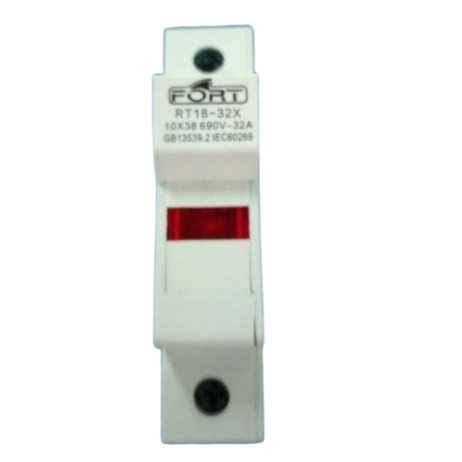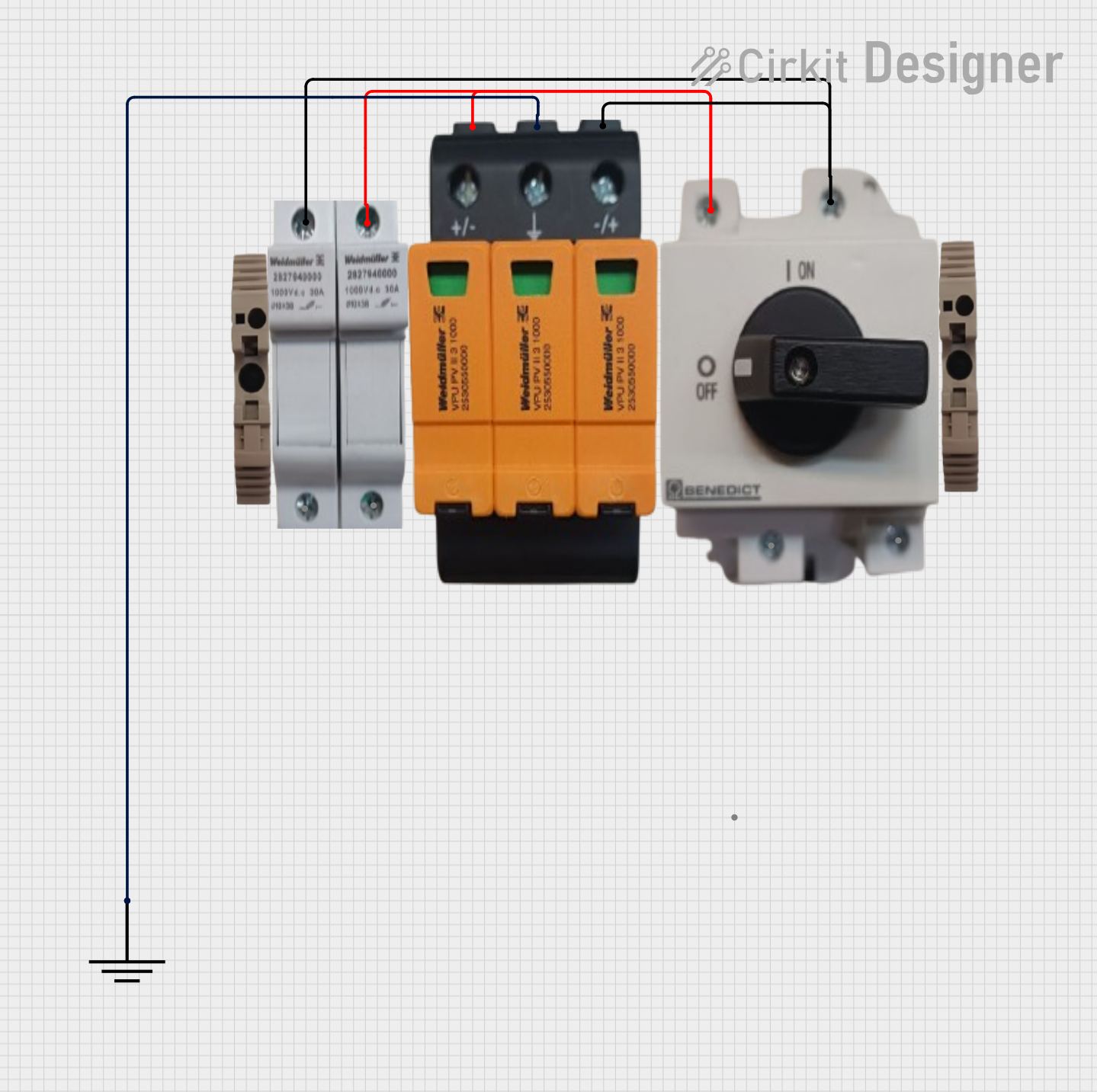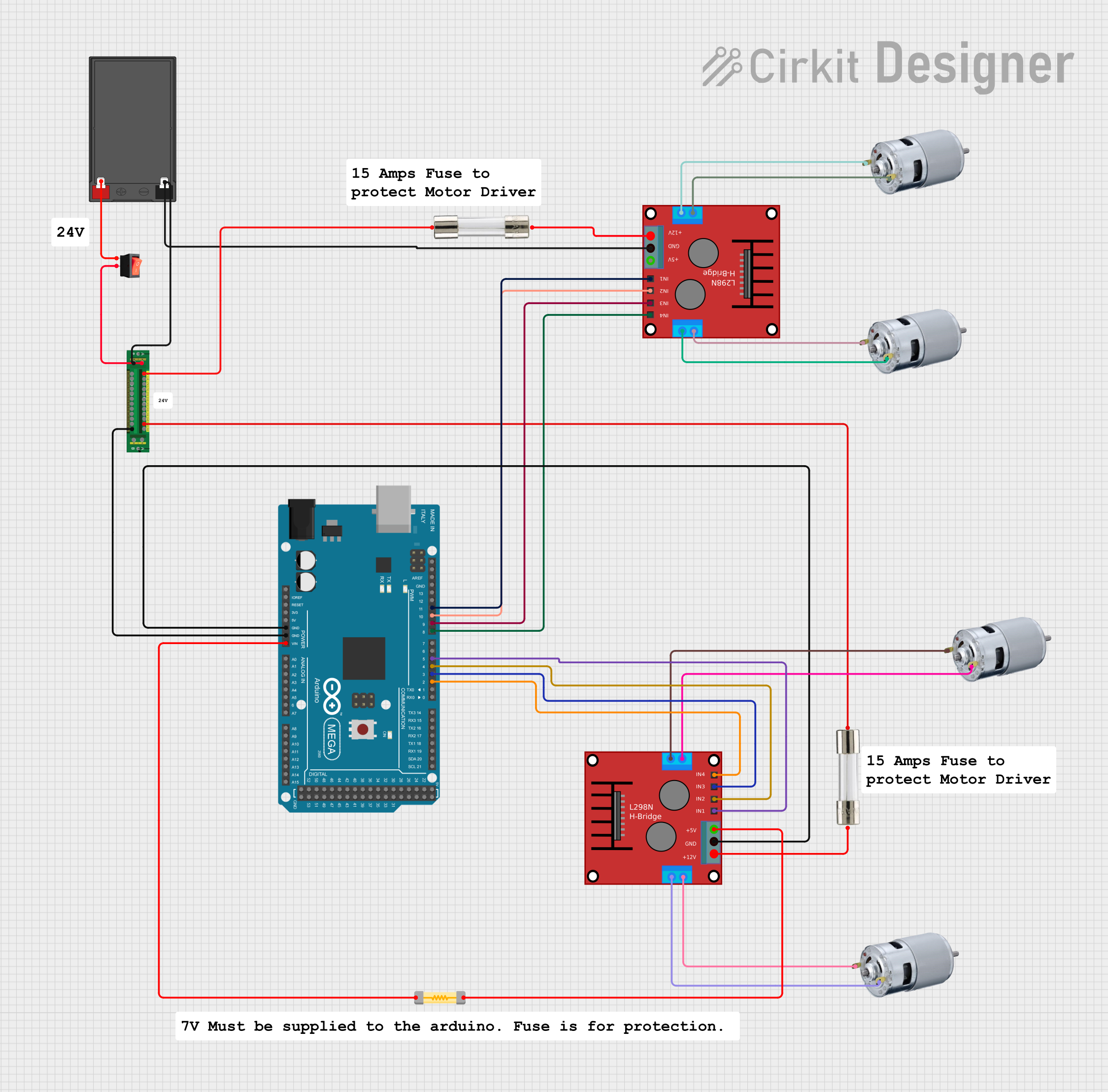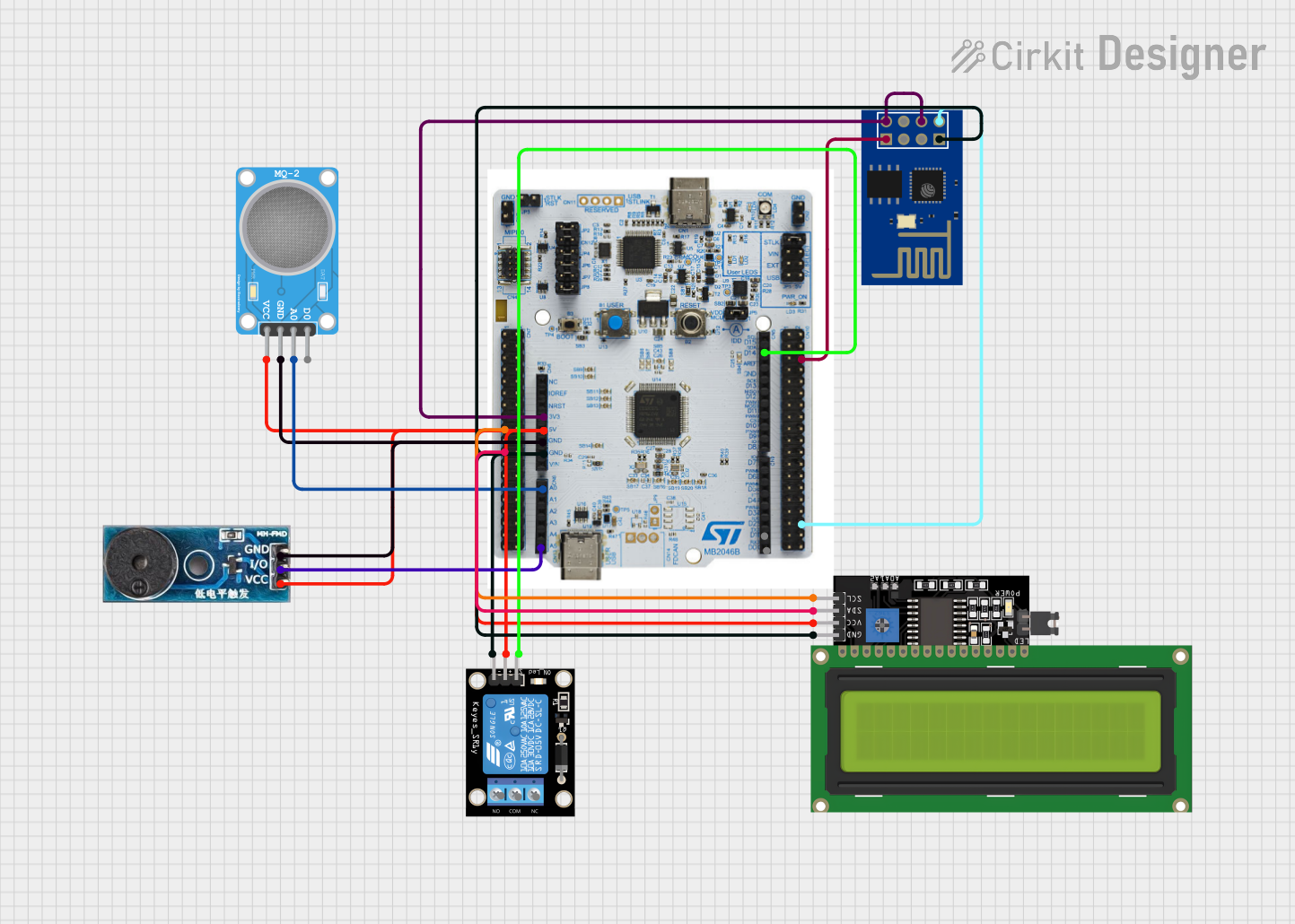
How to Use FUSE: Examples, Pinouts, and Specs

 Design with FUSE in Cirkit Designer
Design with FUSE in Cirkit DesignerIntroduction
A fuse is a safety device designed to protect electrical circuits from excessive current. It operates by breaking the circuit when the current exceeds a predefined threshold, thereby preventing damage to components and reducing the risk of fire or other hazards. Fuses are widely used in various applications, including household appliances, automotive systems, industrial equipment, and electronic circuits.
Explore Projects Built with FUSE

 Open Project in Cirkit Designer
Open Project in Cirkit Designer
 Open Project in Cirkit Designer
Open Project in Cirkit Designer
 Open Project in Cirkit Designer
Open Project in Cirkit Designer
 Open Project in Cirkit Designer
Open Project in Cirkit DesignerExplore Projects Built with FUSE

 Open Project in Cirkit Designer
Open Project in Cirkit Designer
 Open Project in Cirkit Designer
Open Project in Cirkit Designer
 Open Project in Cirkit Designer
Open Project in Cirkit Designer
 Open Project in Cirkit Designer
Open Project in Cirkit DesignerCommon Applications and Use Cases
- Household Appliances: Protecting devices like refrigerators, washing machines, and microwaves.
- Automotive Systems: Safeguarding electrical systems in cars, such as lighting and infotainment systems.
- Industrial Equipment: Ensuring the safety of heavy machinery and control systems.
- Electronic Circuits: Preventing damage to sensitive components in power supplies, microcontrollers, and other circuits.
Technical Specifications
Below are the key technical details for the FUSE component:
General Specifications
- Manufacturer: FUSE
- Part ID: FUSE
- Type: Thermal or electrical safety device
- Voltage Rating: Typically ranges from 12V to 250V (varies by model)
- Current Rating: Commonly available in ratings from 0.1A to 30A
- Breaking Capacity: Varies, typically 35A to 10,000A
- Response Time: Fast-acting (quick blow) or time-delay (slow blow)
- Material: Metal wire or strip enclosed in a non-combustible casing
Pin Configuration and Descriptions
Fuses do not have traditional pins like ICs but instead have terminals for connection. Below is a table describing the typical terminal configuration:
| Terminal | Description |
|---|---|
| Terminal 1 | Input terminal for current flow |
| Terminal 2 | Output terminal for current flow |
Usage Instructions
How to Use the Fuse in a Circuit
- Determine the Fuse Rating: Select a fuse with a current rating slightly higher than the normal operating current of the circuit but lower than the maximum current the circuit can handle.
- Insert the Fuse: Place the fuse in series with the circuit's power supply line. This ensures that all current passes through the fuse.
- Secure the Fuse: Use a fuse holder or clip to secure the fuse in place. Ensure good electrical contact and mechanical stability.
- Test the Circuit: Power on the circuit and verify that the fuse operates correctly under normal conditions.
Important Considerations and Best Practices
- Voltage Rating: Ensure the fuse's voltage rating is equal to or greater than the circuit's operating voltage.
- Current Rating: Never use a fuse with a current rating significantly higher than required, as it may fail to protect the circuit.
- Type of Fuse: Choose between fast-acting and time-delay fuses based on the application's requirements.
- Replacement: Always replace a blown fuse with one of the same type and rating.
- Environment: Avoid exposing the fuse to excessive heat, moisture, or vibration, as these can affect its performance.
Example: Using a Fuse with an Arduino UNO
When connecting a fuse to an Arduino UNO, it is typically used to protect the power supply line. Below is an example:
// Example: Using a fuse to protect an Arduino UNO circuit
// Ensure the fuse is rated for the Arduino's operating current (e.g., 500mA).
void setup() {
// Initialize the Arduino
pinMode(13, OUTPUT); // Example: Set pin 13 as output
}
void loop() {
digitalWrite(13, HIGH); // Turn on the LED connected to pin 13
delay(1000); // Wait for 1 second
digitalWrite(13, LOW); // Turn off the LED
delay(1000); // Wait for 1 second
}
// Note: The fuse is connected in series with the Arduino's power supply line.
// This ensures that the fuse will blow if the current exceeds the safe limit.
Troubleshooting and FAQs
Common Issues and Solutions
| Issue | Solution |
|---|---|
| Fuse blows immediately after power on | Check for short circuits or excessive load in the circuit. |
| Fuse does not blow under fault conditions | Verify that the fuse's current rating is appropriate for the circuit. |
| Fuse holder gets hot | Ensure proper contact between the fuse and the holder. Replace if necessary. |
| Repeated fuse failures | Investigate the circuit for design flaws or intermittent faults. |
FAQs
Can I replace a blown fuse with a higher-rated one?
- No, using a higher-rated fuse can compromise the safety of the circuit and may lead to damage or fire.
What is the difference between fast-acting and time-delay fuses?
- Fast-acting fuses blow quickly when the current exceeds the rating, while time-delay fuses can tolerate short surges before blowing.
How do I know if a fuse is blown?
- Inspect the fuse visually for a broken filament or use a multimeter to check for continuity.
Can I use a fuse in a DC circuit?
- Yes, but ensure the fuse is rated for DC operation and has an appropriate voltage rating.
By following this documentation, users can safely and effectively integrate fuses into their circuits, ensuring reliable protection against overcurrent conditions.